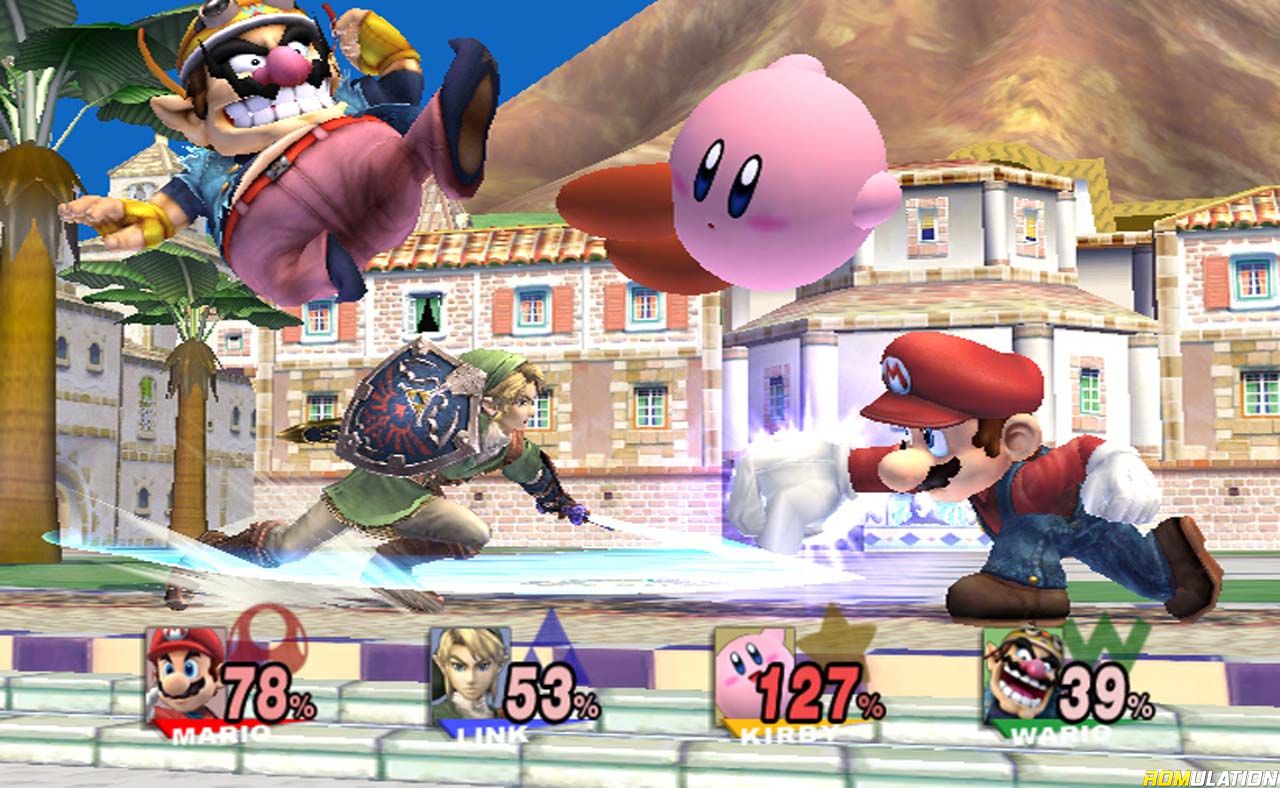The Upanishads became prevalent some centuries before the time of Krishna and Buddha. The main figure in the Upanishads, though not present in many of them, is the sage Yajnavalkya. Most of the great teachings of later Hindu and Buddhist philosophy derive from him. De Upanishads (Sanskriet: Upaniad, devanagari: ) zijn esoterische, filosofische verhandelingen die binnen het hindoesme als heilig beschouwd worden. De Upanishads behoren tot de shruti, op directe goddelijke inspiratie gebaseerd zonder fouten. This course provides a broad understanding of the Vedas and the Upanishads and the beliefs and practices they advocate. The Vedas and the Upanishads are truly vast and there are few if any who can claim to have full knowledge of them. LES UPANISHAD Les Upanishads sont les textes fondateurs de l'Advaita Vednta: c'est l que se trouve la pense non dualiste. Les Upanishads sont la portion philosophique des Veda: leur thme est l'enseignement de la Vrit ultime et des moyens pour l'atteindre. The teachings of the Upanishads revolve around four primary spiritual themes. The first and most important is the realization that the ultimate, formless, and inconceivable Brahman (Godhead) is the same as Atman, as our internal soul. 108 Upanishads (The order as given in the Muktika Upanishad) With commentary on the first 10 Upanishads by Swami Nirmalananda Giri. Hindu Temple, Indonesia Hinduism The Upanishads: With the last component of the Vedas, the philosophically oriented and esoteric texts known as the Upanishads (traditionally sitting near a teacher but originally understood as connection or equivalence), Vedic ritualism and the doctrine of the interconnectedness of separate phenomena were superseded by a new emphasis on knowledge aloneprimarily. The Upanishads are a collection of religious texts, written in Sanskrit and forming part of the Hindu scriptures. They were written between the 8th and 6th centuries BC, though the name Upanishad is sometimes also extended to cover many later writings on the Vedanta philosophy. Book The Upanishads by Sri Aurobindo contains his final translations of and commentaries on the Isha and Kena, his final translations of the Mundaka and Katha Upanishads, and a commentary on part of the Taittiriya Upanishad. Upanishads are the ancient treatises on spiritual truths as envisioned by the seers, sages and rishis of the civilization of India. The Upanishads are the end part of the Vedas which briefly expound the philosophic principles of the Vedas and are considered the essence of the Vedas. The philosophy of the Upanishads is sublime, profound, lofty and soulstirring. The Upanishads have the potential to ignite the flame of knowledge in the minds of seekers of knowledge. If you are interested in becoming a spiritual person and develop higher knowledge, wisdom and sensitivity towards the world and yourself, then the Upanishads are the best choice for you. Aitereya: Isavasya: Karika: Katha: Kena: Mundaka: Mandukya: Prasna: Other Upanishads The Upanishads are 108 in total. However, the principal or main Upanishads are 12 in number. The PDF downloads below include Hindi, Sanskrit, Malayalam and English versions. The Upanishads tell us that the core of our own self is not the body, or the mind, but atman or Self. Atman is the core of all creatures, their innermost essence. It can only be perceived by direct experience through meditation. Upanishads definition, any of a class of speculative prose treatises composed between the 8th and 6th centuries b. c1300: they represent a philosophical development beyond the Vedas, having as their principal message the unity of Brahman and Atman. The Upanishads are the supreme work of the Indian mind, and that it should be so, that the highest selfexpression of its genius, its sublimest poetry, its greatest creation of the thought and word should be not a literary or poetical masterpiece of the ordinary kind, but a large flood of spiritual revelation of this direct and profound character, is a significant fact, evidence of a unique. Sarvepalli Radhakrishnan: The Principal Upanishads. Allen Unwin, London 1978, ISBN. Einleitung und Sanskrittext (transliteriert) mit kommentierter englischer. The Upanishads abound in spiritual knowledge. They are the end part of the Vedas and known collectively as Vedanta. In Sanskrit, which was the main language of communication among the elite groups in India for several centuries, the word Upanishad. A maioria concorda que muitos dos Upanishads mais antigos foram escritos antes do tempo de Buda. Inicialmente, havia mais de duzentos Upanishads, mas o filsofo Shankara considerou apenas quinze como bsicos. Foram totalmente cadastrados apenas em 1656, por ordem de Dara Shakoh. The Upanishads became the subject of many commentaries and subcommentaries, and texts modeled after them and bearing the name Upanishad were composed through the centuries up to about 1400 ce to support a variety of theological positions. of 4 Scriptures, Upanishads A Study of the Mundaka Upanishad. Scriptures, Upanishads A Study of the Mundaka Upanishad. The Upanishads would say this urge is part of our evolutionary heritage, given to us for the ultimate adventure: to discover for certain who we are, what the universe is, and what is the significance of the brief drama of life and death we play out against the backdrop of eternity. Title: The Upanishads Author: Paramananda Created Date: 1: 59: 17 AM The Upanishads are a part of the Vedas, the oldest and most authoritative scriptures of India. They contain neither dogma, rituals, nor personal gods. They teach that the only reality is an allpervading absolute existence, called Brahman. The Upanishads were originally called Vedanta, which literally means the conclusion to the Vedas. The composition of the Upanishads marks a significant and stride forward in the direction of knowing the mystery of earths creation and one comes tantalizingly close to the answers. Even in the Dasopanishads verse where we enumerate the 10 main Upanishads we start with Isavasya. Because of the enumeration many people believe that Isavasya has to be studied first. But in fact this is a complicated Upanishad and has to be studied after some of the other Upanishads. In the Upanishads, we can study the graceful conflict of thought with thought, the emergence of more satisfactory thought, and the rejection of inadequate ideas. Hypotheses were advanced and rejected on the touchstone of experience and not at the dictate of a creed. Los Upanishads se han atribuido a varios autores: Iagavalkia y Uddalaka Aruni ocupan un lugar destacado en los primeros Upanishads (segn Mahadevan, 1956, pgs. [3 Otros escritores importantes incluyen Shweta Ketu, Shandilia, Aitareia, Pipalada y Sanat Kumara. The Upanishads are part of Vedanta or the last part of the Vedas, the oldest scriptures of Hinduism created between BCE. The Upanishads contain revealed truth (Sruti) about Brahman (God), the Ultimate Reality and the way of salvation (Moksha). An artistic device specific to the Upanishads is the equation of phenomena and concepts of different levels, representing a play of concepts that has its justification and meaning in the philosophical conception of the unity of the world as found in the Upanishads. Upanishads considered the highest form of knowledge in Vedic tradition. The video gives an introduction to the Upanishads, their prime teaching and available literature UPDATE Upanishads, Part One (SBE 1) Upanishads, Part Two (SBE 15) The Sacred Books of the East started off with the Max Mller translation of the Upanishads; complete extexts of. The Katha Upanishad (Sanskrit: or ) (Kahopaniad) is one of the mukhya (primary) Upanishads, embedded in the last short eight sections of. la fin de son livre Le Savant et le politique, le sociologue Max Weber s'appuie sur les upanishads pour discuter de la thse de F. Foerster qui nonce que le bien ne peut engendrer que le bien et le mal ne peut engendrer que le mal. The Upanishads usually deliberate on the nature of the individual and the universe and the relations of the micro and macro; about the atman, paramatman and jeeva or the soul, about life, death and their nature and many other aspects. The Upanishads are used to define the most extensive range for phenomenal experience, and to define its precise naturethat it has a twofold structure, combining the essence of the objective, with the essence of the subjective. The Upanishads are some of the sacred books of the Hindu people. The Upanishads are part of a large collection of sacred books of Hindu people, called the Vedas. They are place at the end of the Vedas and they primarily deal with knowledge or wisdom. Upanishads are also clear about the reality of the external world (other than the souls) and state it clearly more than once. prakrti or primordial Nature is the material cause of. The Upanishads, pure vedic Spirituality, (audiobook) full translation of The Upanishads as it is, no commentary. Misc (Upanishads), The Thirteen Principal Upanishads, translated from the Sanskrit with an outline of the philosophy of the Upanishads and an annotated bibliography, by. The Philosophy of the Upanishads. The Concealed Art of the Soul: Theories of Self and Practices of Truth in Indian Ethics and Epistemology. Oxford: Oxford University Press. Source: The Upanishads A New Translation by Swami Nikhilananda in four volumes. 9 physical objects and has realised the subtle essence, rejoices because he has obtained that which is the cause of rejoicing. The Abode of Brahman, I believe, is open for Nachiketa. The Upanishads gave a permanent orientation to Indian culture by their emphasis on inner penetration and their wholehearted advocacy of what the Greeks later formulated in the dictum man, know thyself. All subsequent developments of Indian culture were powerfully conditioned by this Upanishadic legacy. UPANISHADS Las Upanishads son textos de muy diversa longitud y forma (en prosa, verso o mixtos) concebidos en un tiempo de transicin, de gran fermento espiritual, cuando la religin vdica, de los que haban sido pastores seminmadas, se revelaba cada vez mas anacrnica ante la creciente sedentarizacin y el surgimiento de los primeros estados en el valle del Ganges y centro de la India. Upanishad definition is one of a class of Vedic treatises dealing with broad philosophical problems. one of a class of Vedic treatises dealing with broad philosophical problems See the full definition The Upanishads translated here are the Chandogya, Talavakara, AitreyaAranyaka, the KaushitakiBrahmana, and the Vajasaneyi Samhita. Introduction Khndogya Upanishad Talavakra or Kena.











